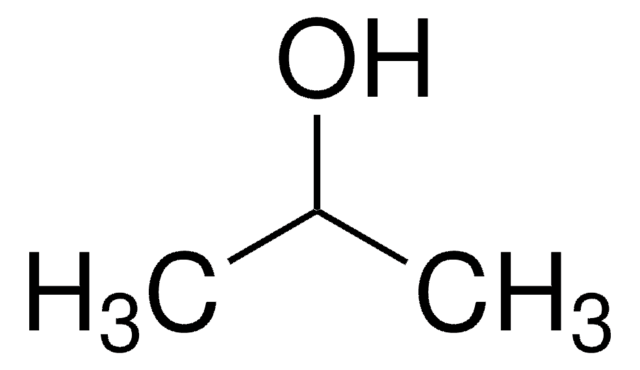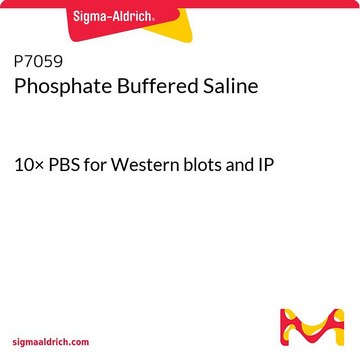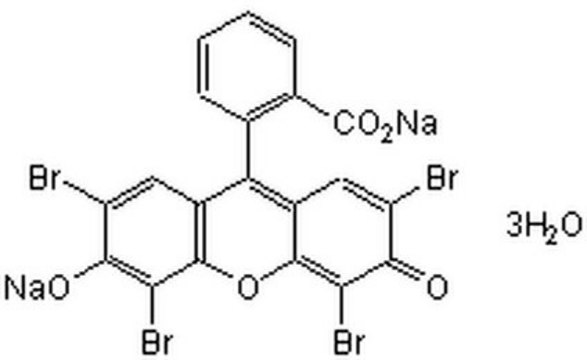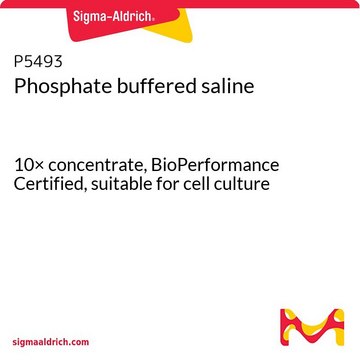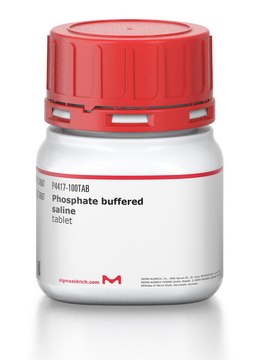675431
2-Propanol
99.9%, HPLC Plus, for residue analysis, suitable for gas chromatography (GC) and HPLC, poly coated bottles
Synonym(s):
sec-Propyl alcohol, IPA, Isopropanol, Isopropyl alcohol
About This Item
for residue analysis
gas chromatography (GC): suitable
44 mmHg ( 25 °C)
Recommended Products
Product Name
2-Propanol, HPLC Plus, for HPLC, GC, and residue analysis, 99.9%, poly coated bottles
grade
HPLC Plus
for residue analysis
Quality Level
vapor density
2.1 (vs air)
vapor pressure
33 mmHg ( 20 °C)
44 mmHg ( 25 °C)
Assay
99.9%
form
liquid
autoignition temp.
750 °F
expl. lim.
2.0-12.7 %, 93 °C
technique(s)
HPLC: suitable
gas chromatography (GC): suitable
impurities
≤0.02% water
water
evapn. residue
≤0.0001%
color
colorless
refractive index
n20/D 1.377 (lit.)
bp
82 °C (lit.)
mp
−89.5 °C (lit.)
solubility
water: soluble
density
0.785 g/mL at 25 °C (lit.)
UV absorption
λ: 245 nm Amax: ≤1.0
λ: 250 nm Amax: ≤0.30
λ: 275 nm Amax: ≤0.005
λ: 400 nm Amax: ≤0.005
application(s)
food and beverages
SMILES string
CC(C)O
InChI
1S/C3H8O/c1-3(2)4/h3-4H,1-2H3
InChI key
KFZMGEQAYNKOFK-UHFFFAOYSA-N
Looking for similar products? Visit Product Comparison Guide
General description
Application
- As a solvent in the synthesis of di- and trisubstituted ortho biaryls by Suzuki-Miyaura cross-coupling reaction.
- As an alternate solvent to benzene in the analysis of total carbonyl compounds in heated and frying oils.
- As a reaction medium in the preparation of cyclic ureas by reacting CO2 with diamines in the presence of pure cerium oxide (CeO2).
Signal Word
Danger
Hazard Statements
Precautionary Statements
Hazard Classifications
Eye Irrit. 2 - Flam. Liq. 2 - STOT SE 3
Target Organs
Respiratory system
Storage Class Code
3 - Flammable liquids
WGK
WGK 1
Flash Point(F)
53.6 °F - closed cup
Flash Point(C)
12.0 °C - closed cup
Personal Protective Equipment
Regulatory Information
Choose from one of the most recent versions:
Already Own This Product?
Find documentation for the products that you have recently purchased in the Document Library.
Our team of scientists has experience in all areas of research including Life Science, Material Science, Chemical Synthesis, Chromatography, Analytical and many others.
Contact Technical Service